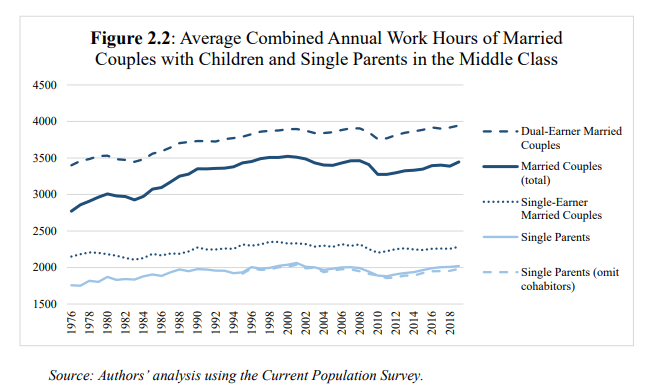The Old Man's Draft
From Wikipedia, the free encyclopedia
The Old Man's Draft or Old Man's Registration is the colloquial term for the fourth Selective Service registration sequence held in the United States during World War II, in April 1942.[1]
History
The first peacetime conscription in American history was authorized under the Selective Training and Service Act of 1940 in September 1940. This was well in advance of the country's actual entry into World War II, but in clear anticipation of the likelihood of involvement. Registration began with those aged between 21 and 35, and gradually broadened to men aged between 18 and 64 as needs increased after the country entered the war in December 1941.[2]
On April 27, 1942, the fourth registration was held nationwide, which encompassed men from the ages of 45 to 64 (i.e., born between April 27, 1877, and February 16, 1897), earning it the nickname of "The Old Man's Draft." Unlike the earlier registrations, its purpose was indirect; the individuals were not actually liable for military service. This registration was essentially a very broad inventory of manpower and skills useful to the war effort, potentially bringing under-utilized or unemployed men back into a more fruitful occupation, and allowing for the release of easily replaceable, younger, or more fit men to fight.[3]
The information gathered on the registration cards was basically similar to the other registrations. The front of the card included full name, place of residence (determining local board jurisdiction), mailing address, telephone number, age and date of birth, place of birth, address of a "person who will always know your address," employer's name and address, and the place of employment. The back of the card included a physical description of the registrant, with race, height, weight, complexion, "other obvious physical characteristics that will aid in identification," and a certification that the registrant and registrar attested that the answers given on the card were true.[4]
A very large proportion of the registration cards still exist in the public record.[5]
https://en.wikipedia.org/wiki/The_Old_Man%27s_Draft
How did I get involved in the Manhattan Project? Late in 1943 in my senior year, I was studying chemistry at the University of Michigan, and I got invited to the University of Chicago to interview. I suspected that it had something to do with the atomic bomb, because there’d been enough hints that such a thing might be made. But when I went early in 1944, I was interviewed by Glenn Seaborg himself. I was too shy to tell him I thought we were going to be working on the atomic bomb and some transuranium element that he had discovered, because I knew something about that. But the interview went well enough and after we had chatted for a while he said, “I’ll give you a job. When can you start?”
I said, “I can start today except for one detail. Next week I have my final examinations in my senior year.”
He said, “Wait here a minute,” and he disappeared. When he came back with a big grin on his face. He said, “I’ve relieved you of having to take any of those final exams,” which worried the heck out of me because one of the courses I took was economic geography to fill some requirement. I hated the course and didn’t even think that I was even passing it. But Seaborg’s story was good enough so I got a “B” in this course. I didn’t deserve a “B” in it for what I’d done. So I did start that day.
The first day I was given a little vial of ten grams of plutonium. I was told that it was worth, in today’s dollars, of something like twelve million dollars. And I was to take one-tenth of this, over a million dollars worth, and use it in my experiments. Now to a twenty-year-old kid just fresh out of college, this was mind boggling.
My job was to test various ways of extracting plutonium from uranium that had been irradiated in a reactor. It was fiercely radioactive. So I tested ways to decontaminate it, so it could be worked on with metallurgists. And that’s what I did.
When I was an undergraduate, I studied courses in radioactivity. I thought absolutely the most fascinating field in science was radiochemistry. And then suddenly I found myself in the field. After pipetting and precipitating and centrifuging and measuring and re-dissolving day after day after day, any aura of mystery or romance evaporates pretty quickly.
It turns out that most of the people on the project in Chicago were young Bachelor’s degree people. They were young enough so the draft boards would try to draft them. And the project was so secret that the draft boards couldn’t be allowed to be told how secret it was. So these people would go into the military, be inducted into the Corps of Engineers, and sent right back to Chicago to do what they had been doing before, which created a very interesting situation because in the military these guys were all enlisted men, not officers. When you have enlisted men, you have to have officers to tell them what to do. Officers didn’t have any Q clearance. They knew none of the secrets and weren’t allowed to know. Every now and then, they wondered what on earth was going on. They tried to pull rank and force an enlisted man to tell them what was going on. And the enlisted men would take great delight in essentially telling them to go to hell. Having been an enlisted man, I can tell you that is a great pleasure. I’ve been up for insubordination, but only once.
https://ahf.nuclearmuseum.org/voices/or ... interview/While the periphery breaks down rather slowly at first, the capital cities of the hegemon should collapse suddenly and violently.






